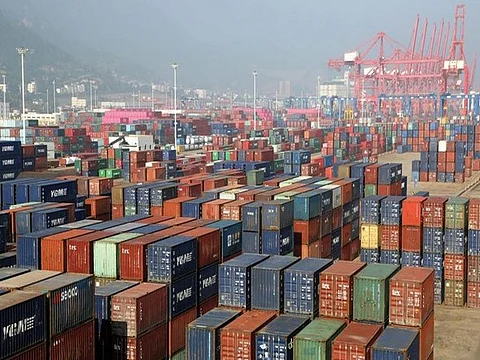

As noted by The Economic Times, US President Donald Trump’s 25% tax on Indian exports has caused a great deal of uncertainty in India’s macroeconomic and trade environment. The abrupt change might hurt company profitability and erode investor sentiments across multiple sectors, with exports from industries including textiles, jewellery, electronics, steel, and Information Technology (IT) services being highly reliant on the United States. Among the most vulnerable industries are textiles and electronics, which together contributed more than $29 billion in FY24.
While duties under Section 232 on laptops and smartphones are still being reviewed, exporters of electronics have been given a temporary reprieve. However, many companies face a difficult operational conundrum: whether to absorb greater expenses or risk losing market share by raising prices — especially in thin-margin industries like clothing and jewellery.
GDP outlook and RBI’s police dilemma
Brokers estimate that trade slowdowns and declining investor confidence could cause a slight decline in India’s GDP in FY26 (between 0.1% and 0.4%). The effect is also expected to spill over to foreign exchange markets and employment. A significant drop in exports could worsen CareEdge Ratings’ 0.9% current account deficit forecast for FY26.
With inflation at a five-year low, the Reserve Bank of India (RBI) is under pressure to lower interest rates in its next policy review in August. However, considering the aggressive stance of the US Federal Reserve, any such move could exacerbate rupee depreciation and risk capital outflows. Bond markets remain steady for now, providing a small buffer through premium corporate bonds.
Equity market volatility and geopolitical undercurrents
Meanwhile, equity markets are bracing for turbulence. Earnings downgrades in export-dependent businesses are likely to push investors towards more domestically oriented sectors, including financial services, infrastructure, and fast-moving consumer goods. Fixed-income securities are increasingly being seen as safe havens in the current climate.
In geopolitical terms, the tariffs are viewed as part of a broader American response to India’s growing closeness to China and Russia, particularly in energy trade and defence. India remains well-positioned within the global “China Plus One” strategy, despite the added strain. Its core advantages — demographics, market size, and manufacturing capacity — keep it competitive as a global supply chain hub even in the face of the tariff setback.
Looking ahead: What will shape the final impact
The exact extent of the damage will be clearer once the dust settles and will depend on future trade talks, RBI policy signals, rupee volatility, Q2 earnings data, and any government assistance for companies heavily dependent on exports. Even with the disruptions, India’s future may still present opportunities, especially if negotiations with the United States lead to some respite or clarification on Section 232 exemptions.
